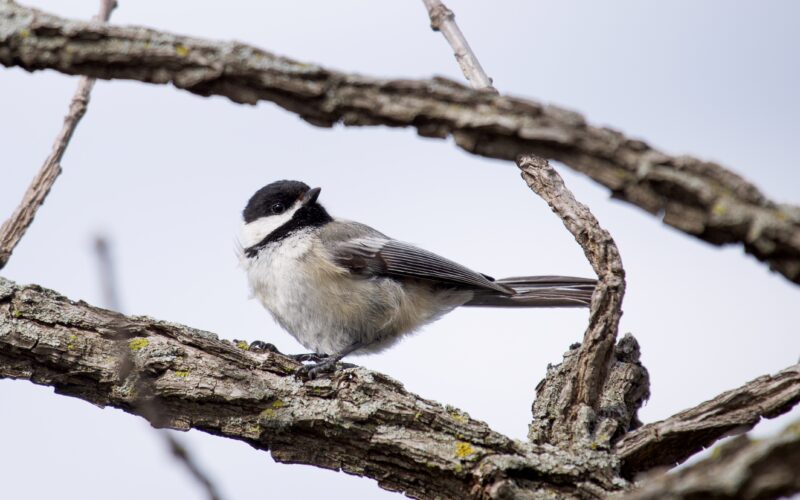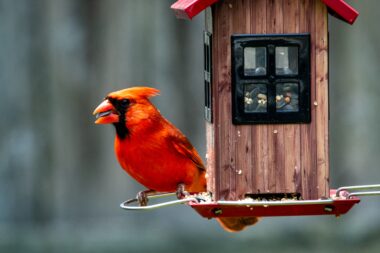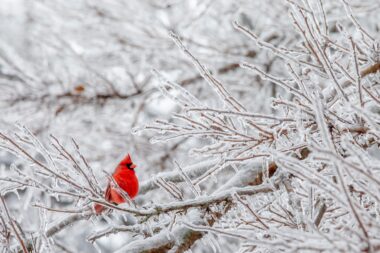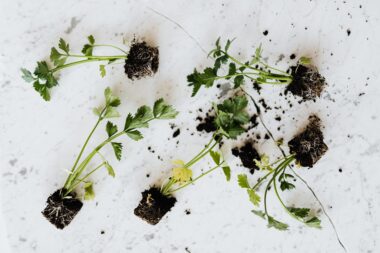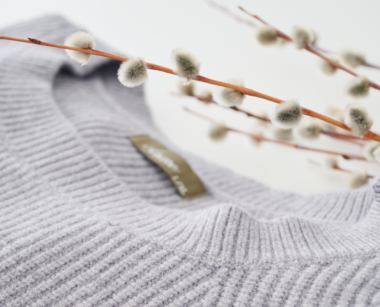You’ve spent all Spring tending to your seedlings, you wait patiently for the last frost before introducing them to their new garden homes and within a week the slugs, aphids and even caterpillars have ravaged your new plant babies leaving you in the dust with a few stalks and some mostly eaten leaves to deal with. So what now? Do you abandon all hope of living out your organic garden fantasy and succumb to the temptation of chemical pest control hoping at this point just to have some semblance of a garden at all at the end of the year? You could. Or you could try out some natural pest control methods first and see if they can help solve the problem without introducing toxins to the environment. We’ve rounded up 5 natural pest control methods to add to your organic garden this year.
The Pest Control Market
The global pest control market is worth $22 billion, $2 billion in Canada alone. And it’s not slowing down. The pest control industry has been growing by 7% every year since 2017. Consisting of pesticides and insecticides, these forms of pest control can be effective at getting rid of problem pests. But they’re also really bad for the environment and can throw ecosystems out of balance. Opting for natural pest control methods instead can help create a more biodiverse, healthy environment.
A Balanced Ecosystem
Bug sprays can be great solutions but they’re only effective in the short-term. For a longer term fix, think about introducing new plants or features that’ll attract pest predators. Solving a nature problem with more nature helps keep a balanced ecosystem rather than introducing unnatural substances and throwing the whole thing off kilter.
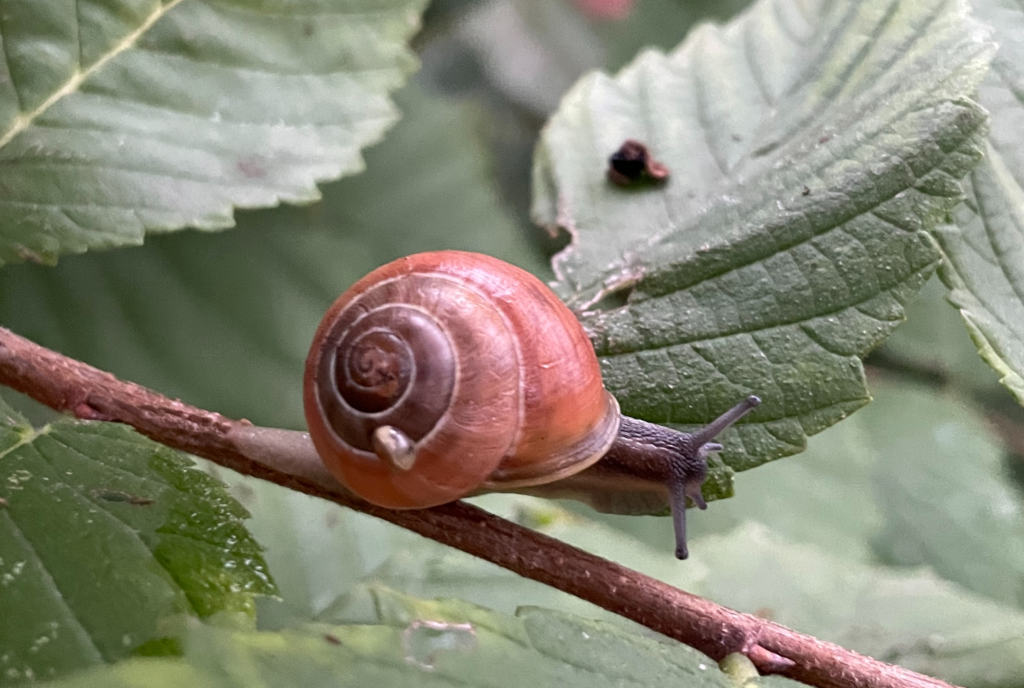
1. Natural Snail Repellents
Canada has 56 native and 41 introduced species of snails and slugs. Most of our native snails live in forests and feed on decaying plant matter. But introduced species can be found across gardens in Canada and have become quite the plant pest.
Snails like to eat leafy plants and seedlings, everything from basil and beans to hostas, lettuce and marigolds. On a good day, they can eat up to 40% of their weight. So how do you naturally deter these hungry little things?
Use Plants As Deterrents
It’s your plants that’ll attract snails and your plants can also help deter snails, if you know what to plant. Snails don’t like heavily scented plants so lavender, rosemary and mint planted around your garden or close to plants snails find delicious can help create a natural snail barrier.
Invite Natural Predators
Snails are natural enemies with toads, snakes, beetles, wild birds and ducks. Encouraging these animals into your garden can help remove snails while keeping a balanced ecosystem.
Protect Your Pots
Snails are gastropods, meaning “stomach foot”, so their feet are located on their stomachs. This can be helpful when trying to deter them since they won’t like anything too rough on their belly feet. Sprinkling a circle of sand or crushed eggshells can be enough to keep them from crossing your natural barrier. If you’ve got some tough bellied snails, you can try adding copper flashings about 5cm high around your garden. Copper gives off a low electrical current that snails and slugs don’t like.
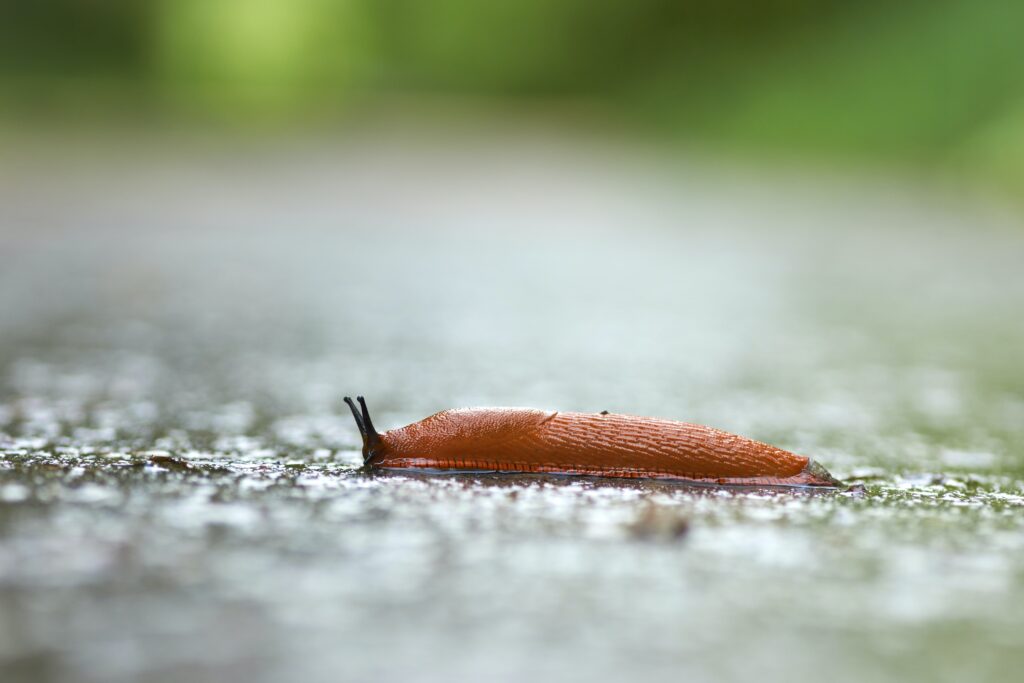
2. Natural Slug Repellents
Slugs are snails but with tiny or no shells and 27,000 teeth. As terrifying as that sounds, they’re not actually all bad. Slugs are experts at decomposing garden vegetation and have been known to eat through everything from plants to dead animals and even dog feces. Unfortunately they’re not very good at knowing what you don’t want them to eat and so they’ll happily munch through your delicious petunias and peppers with ease. Like snails though, there are some natural ways to prevent an overpopulation of slugs.
Caffeinate Your Soil
Like the underdeveloped tastebuds of a child, slugs don’t like coffee. So if you do and you have it on hand, it can be a pretty effective natural pest control for slugs. Just a 2% caffeine solution mixed with water and sprayed to your soil can repel slugs.
Add A Garlic Solution
Adding garlic to your garden has been used for hundreds of years as a slug deterrent but researchers at the University of Newcastle found adding a garlic solution to soil can be even more effective.
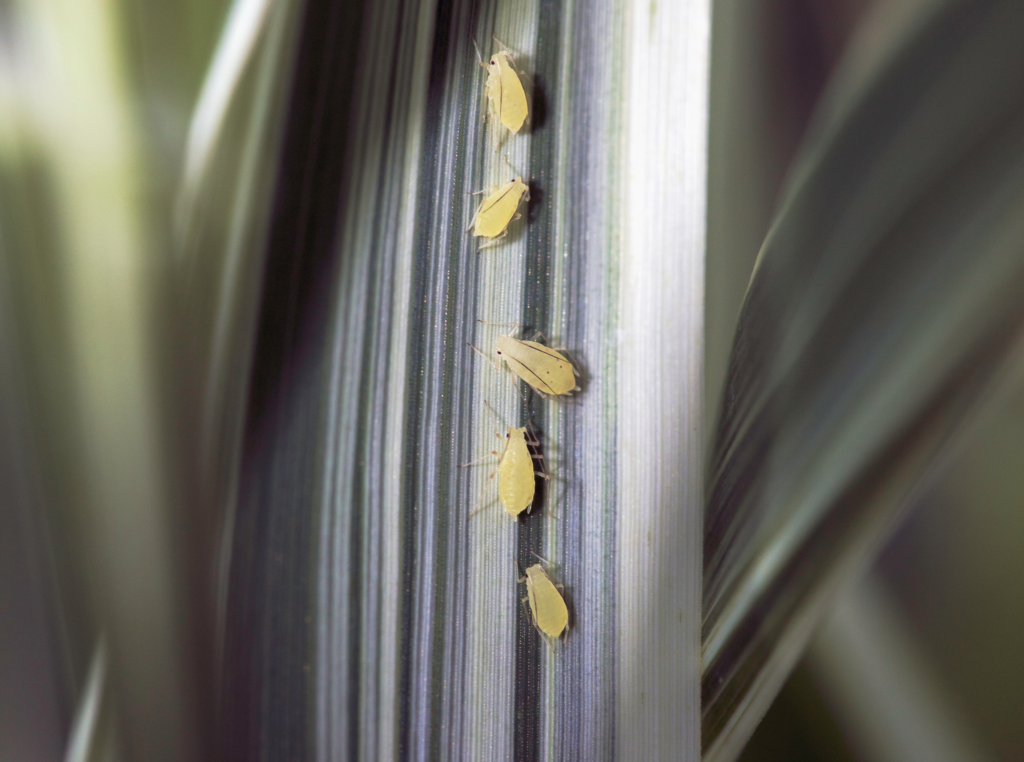
3. Natural Aphids Repellents
There’s about 4000 species of aphids in the world. You can find over 600 of them in Canada but only about 250 species cause issues for gardeners. Aphids suck sap from a plant’s stem and leaves, sometimes spreading disease in the process. While they don’t sound like the ideal garden visitor, they do provide some benefits, mostly by being food for other animals. So they’re not all bad. To keep them in check, there’s a few tactics you can use to help control their population so they don’t completely take over your garden.
Invite Ladybugs
Aphids have a few natural predators including lady beetle (also called ladybug or lady bird) larvae, lacewings, wasps and spiders. But lady beetle larvae are the most effective at controlling aphid populations and eat the most aphids. Multicoloured Asian lady beetles were brought to Canada in the 1970s specifically to control aphid populations. Native ladybugs will happily eat aphids too, up to 50 a day and more than 50 species of aphids. Attract ladybugs as natural pest control to your garden with flowering plants like butterfly weed, yarrow and sunflowers.
Welcome Aphid Midges
Aphid midges (scientifically known as aphidoletes aphidimyza) are a common choice for commercial greenhouses and could be beneficial in your garden or greenhouse too. Aphid midge larvae hunt aphids when they’re born and can eat up to 50 per day. You can attract aphids midges to your garden with a water source and flowers with plenty of pollen and nectar. If you have a healthy garden, there’s a good chance you already have aphid midges. Look out for shiny orange eggs, less than 0.3mm long under leaves and on plant stems.
Plant Coriander, Basil and Dill
Aphids are repelled by certain plants so planting a border around your more susceptible plants can help stop aphids from getting to them. Coriander, basil, chives, catnip and dill release oils and odours that deter aphids and can help protect your garden.
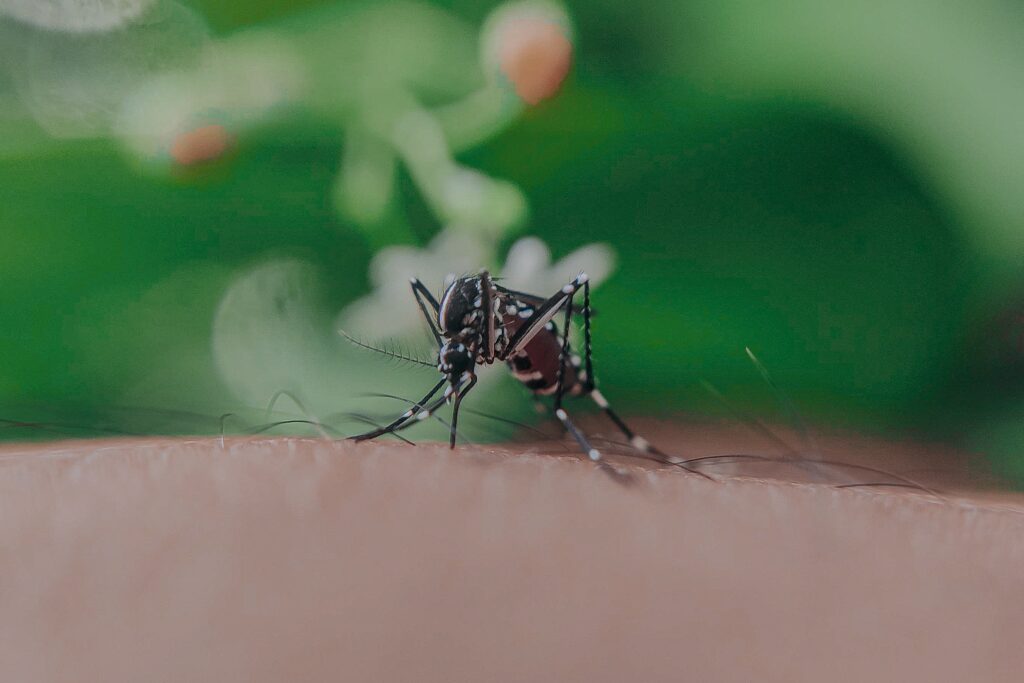
4. Natural Mosquito Repellent
Mosquitos can ruin a gardening experience but more importantly they’re the world’s deadliest animal killing 600,000 people every year. These disease carrying pests transmit malaria, dengue fever, yellow fever, and encephalitis. Canada has 79 native mosquito species and about 5 invasive species. And while you mightn’t think diseases like malaria are an issue in Canada, there have been outbreaks in Eastern Canada and British Columbia in the past thanks to mosquitos. The yellow fever mosquito, originating in sub-Saharan Africa, has even been spotted in Ontario and Quebec. Being outdoors in Canada generally means coming across mosquitos, but while you’re out in your garden try using some natural deterrents to keep mosquitos at bay.
Welcome Dragonflies
Canada has over 200 species of Dragonflies, evolving over 300 million years ago. Mosquitos are part of a dragonflies’ diet from their larvae stage, sometimes lasting up to 2 years, right through to adulthood when they can eat hundreds per day. Building a pond can help attract these mosquitos eating insects into your garden.
Harness Your Scented Plants
Mosquitos avoid highly scented plants like geranium, basil, lavender, mint and thyme. Mosquitos don’t like the smell and taste of these plants. Crushing and rubbing their leaves on your skin can transfer their natural defenses, making you less delicious to a mosquito.
Create A Toad Friendly Zone
Some mosquitoes like to lay their eggs on the surface of water, up to 400 eggs at a time. If you have a pond in your garden, encouraging frogs and toads to come visit and even set up home can help keep mosquito populations from growing. Canada is home to 24 frog species and 5 toad species. The American Toad, found across most of Canada, can eat up to 1000 insects per day.
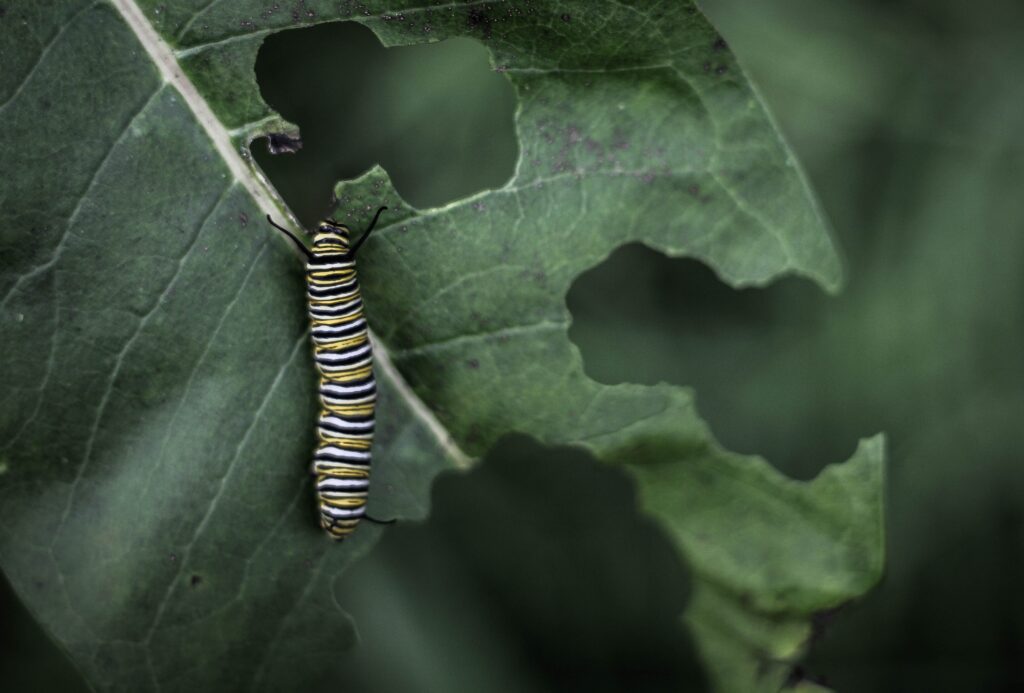
5. Natural Caterpillar Repellent
There’s not many gardeners that don’t like a butterfly or two fluttering around their flowers. But where there’s butterflies, there’s been caterpillars and their insatiable appetite can cause a few problems.
There’s over 18,000 butterfly species in the world, with 300 species found in Canada. Canada also has two exotic species, the European Skipper and the Cabbage White – the former being a particular pest to Timothy grass. Tent caterpillars like to feed on fruit trees like cherry and apple. Many butterflies in Canada breed between June and September so watch out for caterpillars eating your leaves during these months.
Remove By Hand
Not the most fun method, but probably the quickest. Gather up your problematic garden caterpillars in a cardboard box and release them in a flower filled meadow close by.
Bring In The Birds
Research shows that birds can make you happier and they can also be a gardener’s best friend. Some birds like chickadees like to eat insects like caterpillars, aphids and ants. Grosbeaks and nuthatches are fans of caterpillars too. You can attract chickadees with a few sunflower seeds and let them go exploring in your garden afterwards.
Separate Your Plants
Butterflies are attracted to nectar-filled flowers. Keeping your flowers away from your vegetables patch can help reduce the chance of them finding your cabbages and carrots.
Sustayn is designed to present the most useful recommendations for environmentally friendly approaches and items. We update links when possible, but note that links can be broken and subject to change.
